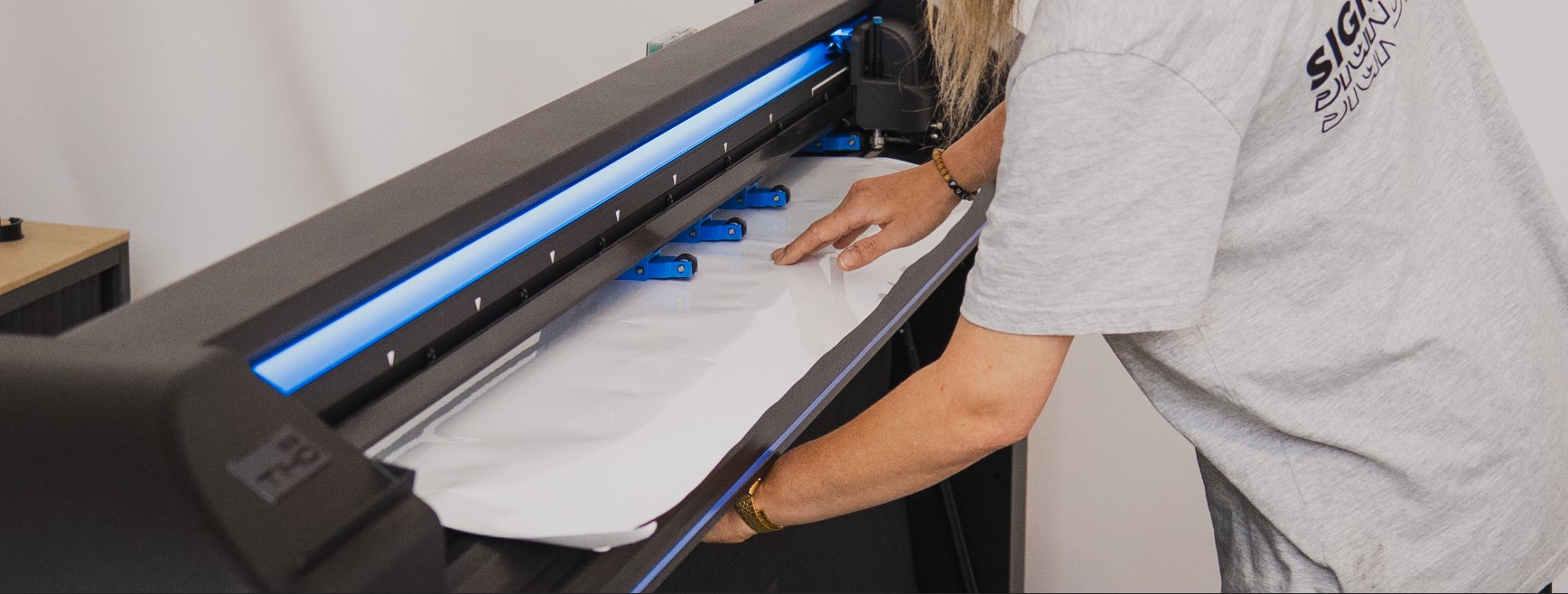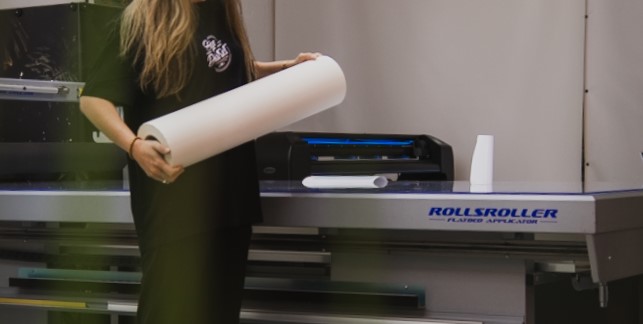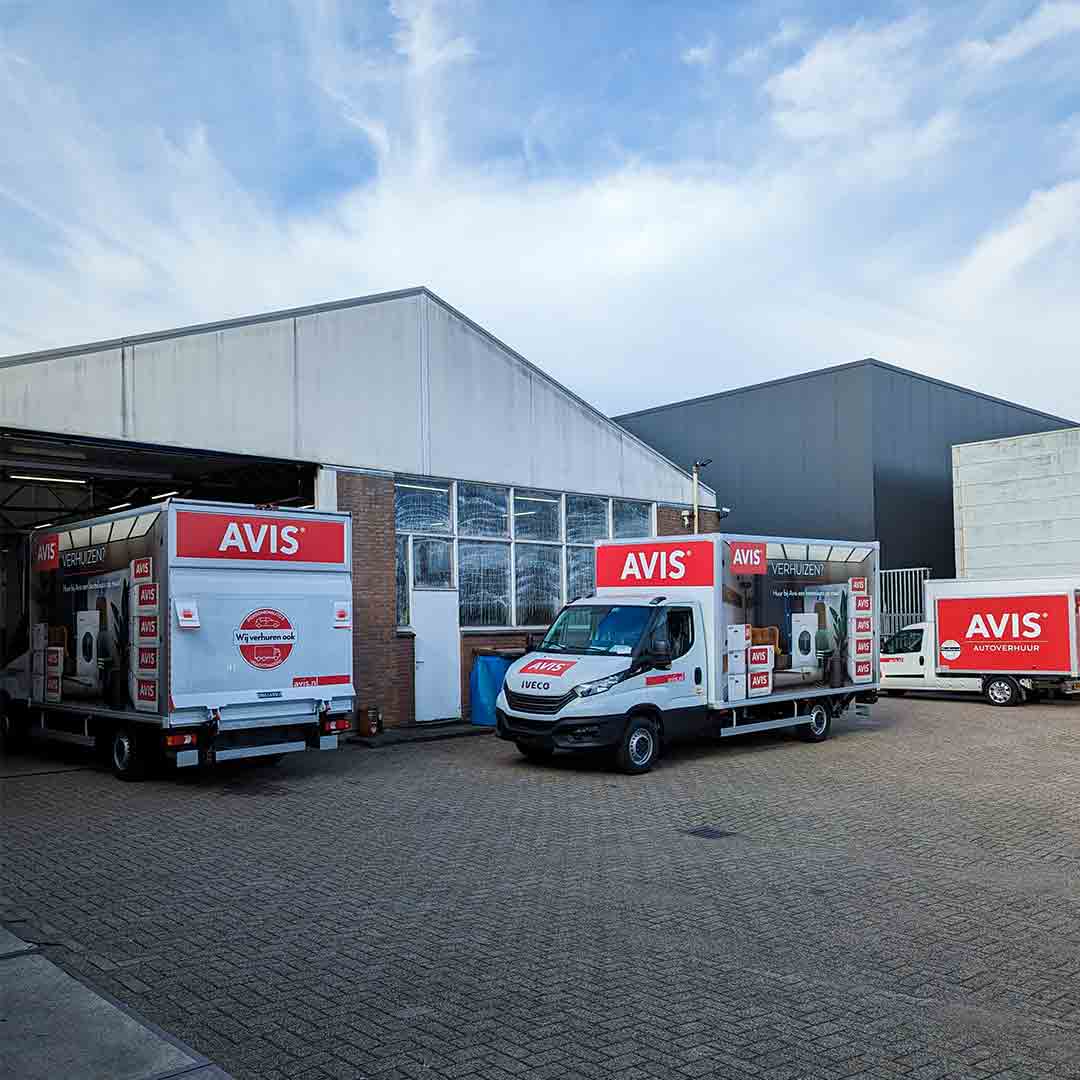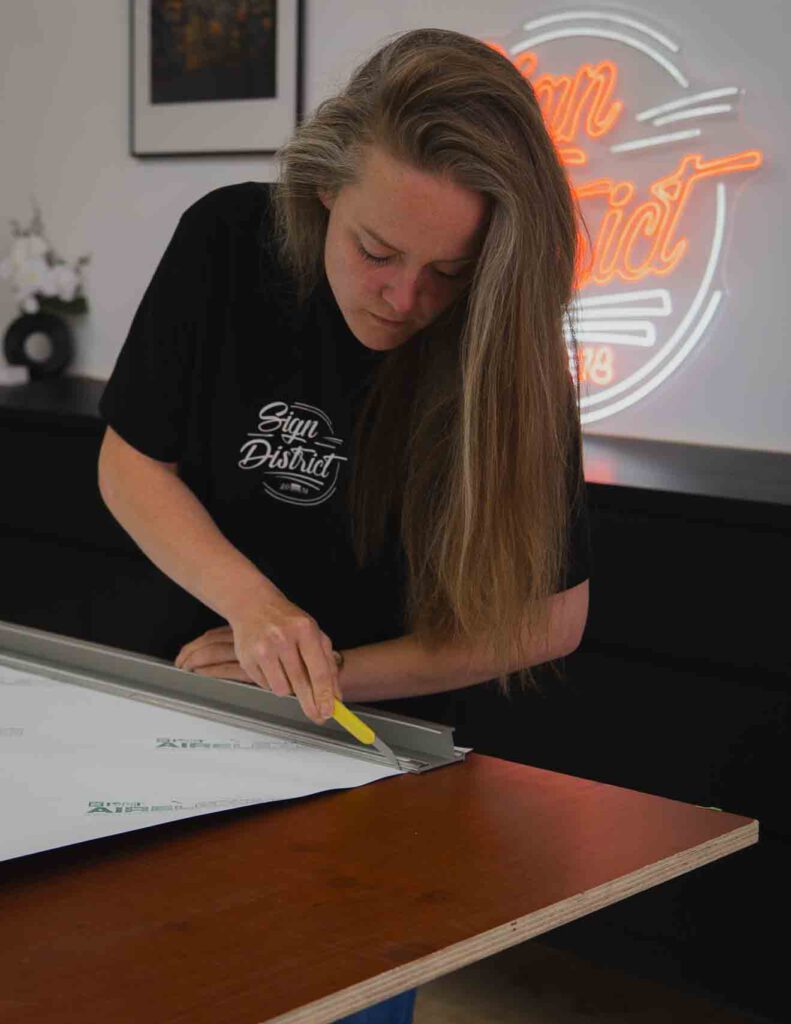A car wrap is a popular way to give vehicles a fresh look, provide protection and stand out on the road. But how does the car wrap process actually work?
In this article, we’ll explain step by step how a car wrap comes together-from the initial idea to the final result. This will give you a clear picture of the craftsmanship and care involved in every wrap.
Summary of this article
- The car wrap process begins with an inventory of your wishes and if applicable a digital design.
- After approval, the right film is selected and ordered; when the vehicle arrives it is thoroughly cleaned.
- The film is applied precisely using heat and special tools to prevent air bubbles.
- After installation, inspection and maintenance instructions follow.
- Sign District remains available for questions after delivery.
Consultation and Design
The car wrap process starts with an assessment of the customer’s wishes. We look at the purpose of the wrap: is it for a striking color, a unique design, company promotion or paint protection? Based on these wishes, a design is created to match the style and appearance of the vehicle. This design is presented digitally, so the customer knows exactly what the final result will look like.
Preparation and Material Selection
After the design is approved, the right wrap film is chosen. Sign District uses only high-quality films that are suitable for long-term use and provide optimal protection. The vehicle is then thoroughly cleaned and degreased to ensure the film adheres perfectly.
Application of the Wrap
Applying the wrap is a precise process that requires experience and skill. The film is carefully cut to size and applied to the bodywork using special techniques. Heat and tools are used to shape the film smoothly around curves and edges. Air bubbles and wrinkles are carefully removed during this process.
The duration of the work depends on the size of the project. Complex bumpers require a lot of attention to perfectly finish all the details. A white, yellow, or red vehicle will need to be wrapped deeper into crevices and seams than a dark-colored vehicle. The temperature of the environment and the car body is also very important: if a space is too cold, the film will become stiff and may tear; if a space is too warm, the film will become too soft. Ideally, wrapping is done in a space with an ambient temperature of 18–20°C, with the vehicle acclimatized to that temperature for at least one night after the cleaning process.
Delivery of the finished product
After the film is applied, the finishing touches are made. Edges are neatly trimmed and the film is checked for adhesion and finish. The vehicle is inspected to ensure a flawless result. The customer receives instructions on how to care for the wrap to keep it looking great for years to come.
What did you learn?
A car wrap is a precise process that starts with design and material selection and ends precise inspection. By carrying out every step with attention and expertise, Sign District ensures a durable and eye-catching result that meets all your wishes.
Would you like to know more about the car wrap process or are you curious about the possibilities for your vehicle? Feel free to contact Sign District for personal advice and guidance or take a look at our social channels to get a better feel of what happens and how wrap works.
Sources
Apex Customs – How to Vinyl Wrap Your Car
Elephant Head Graphics – The Ultimate Guide to Car Wrap Films in 2025
Metro Restyling – DIY Guide on How To Wrap A Car
Deez Wraps – Vinyl Wrap Installation Techniques
Detailing Empire – Step-by-Step Process: How to Wrap Your Car like a Pro
Big Colour Visual – The Process of Car Wrapping and What to Expect
Zero Gravity Marketing – Vehicle Wrap Design and Installation Process
TeckWrap UK Official – Ultimate Guide on How to Apply a Car Wrap




